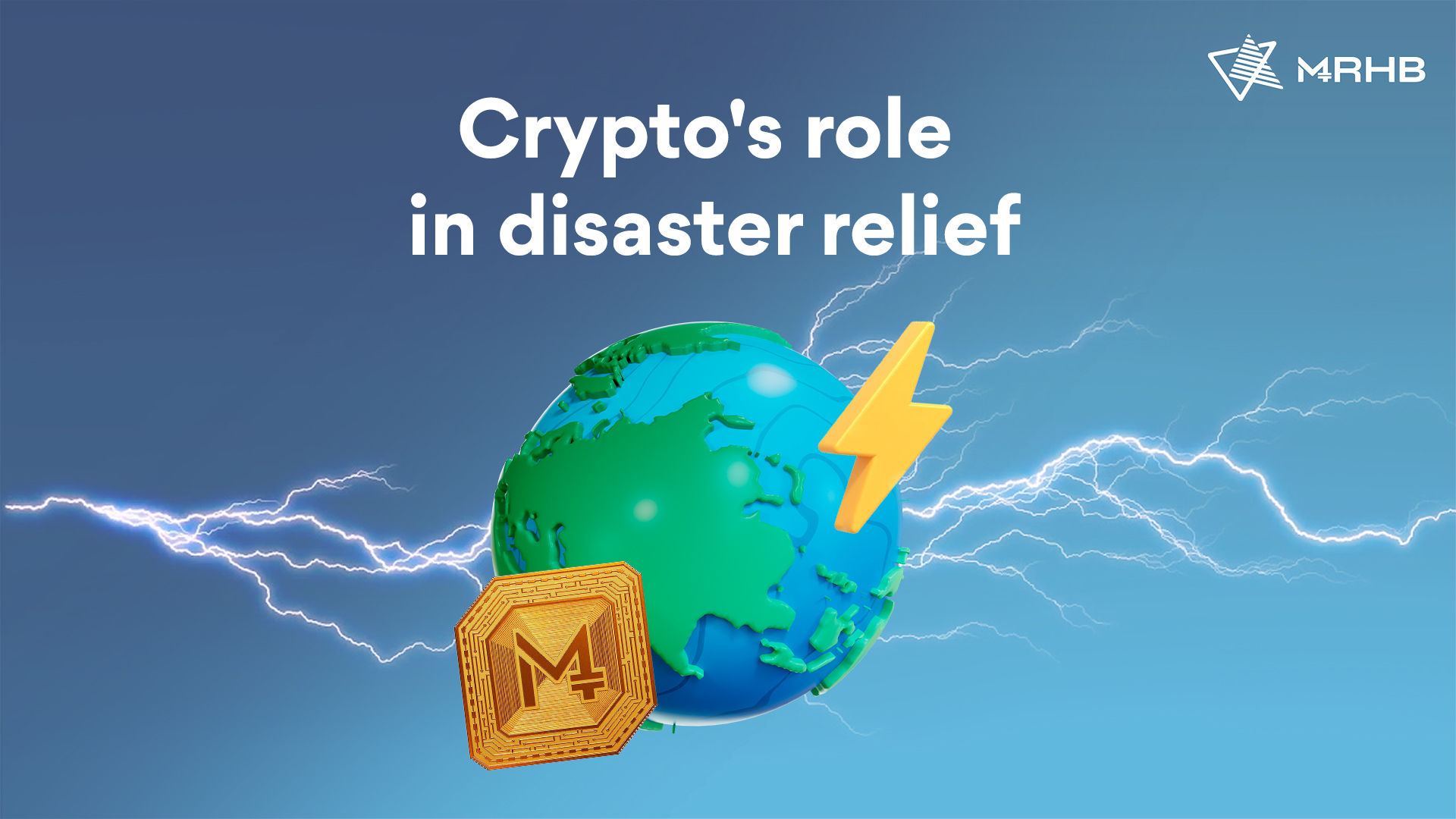The use of blockchain technology in disaster relief efforts has the potential to streamline the donation process, increase transparency, and ensure that aid reaches those who need it most. To date, roughly $5.9 million has been donated. Early this year, a prominent charity mobilized crypto donations via the blockchain to the victims of Turkiye-Syria quake. Cryptocurrencies are borderless and can be transferred instantly, which makes them a convenient and efficient way to transfer funds across borders.
What Are Blockchain and Crypto?
Blockchain is a digital ledger technology that allows data to be stored in a secure and decentralized manner. In a blockchain, each block contains a record of multiple transactions, and each block is linked to the previous one in chronological order, creating a chain of blocks.
Cryptocurrency, or “crypto” for short, is a digital or virtual currency that operates on the blockchain. It uses encryption techniques or cryptography to secure and verify transactions. As such, it does not rely on banks to verify transactions, making payments faster and borderless.
In essence, blockchain is the technology that enables cryptocurrencies like Bitcoin, Ethereum, and others to exist and operate without intermediaries.
Challenges During Disaster Relief Efforts
Disaster relief efforts are critical in addressing the immediate needs of individuals and communities affected by natural disasters, conflicts, and other crises. However, these efforts can also pose significant financial challenges. Here are some of the common economic challenges that may arise during disaster relief efforts:
- Funding: One of the most significant challenges in disaster relief efforts is securing adequate funding. Disaster relief efforts require substantial financial resources to provide essential services such as shelter, food, water, and medical care. Governments, non-governmental organizations (NGOs), and other donors may provide funding, but more funding is usually needed to cover all the costs associated with relief efforts.
- Logistics: Delivering relief items to affected areas can be a logistical nightmare, especially in areas that are hard to reach or where infrastructure has been destroyed. Transportation costs can quickly add up, and access to fuel and other essential supplies may be limited, making it difficult to maintain the supply chain.
- Procurement: Procuring relief items can be challenging, particularly in the early stages of the response. Purchasing essential supplies such as food, water, and medical supplies may be inflated due to high demand, and suppliers may need more stock.
- Coordination: Coordination between different organizations involved in relief efforts is crucial to ensure that resources are used efficiently and effectively. However, coordinating efforts can be challenging, mainly when multiple organizations work in the same area.
- Fraud: Unfortunately, disaster relief efforts can also be vulnerable to fraud. Scammers may set up fake charities or organizations to solicit donations, and corrupt officials may divert relief items for personal gain.
It’s essential to recognize that providing aid in the aftermath of a disaster is a complex task that requires careful planning, coordination, and resources.
Blockchain is Transparent, Secure, and Efficient in Delivering Aid
Blockchain technology and cryptocurrencies have the potential to offer faster and more efficient ways of delivering aid to those affected by natural disasters like earthquakes.
This is because cryptocurrencies allow for immediate and transparent transactions that can be tracked on a public ledger, providing greater transparency and accountability.
In the case of the earthquake that struck Turkiye and Syria, blockchain technology was used to facilitate donations and aid to the victims. One example of this is the Blockchain for Humanity platform, which is a blockchain-based platform that allows donors to contribute funds to humanitarian efforts directly. The platform lets donors track their donations in real-time, ensuring their contributions are used effectively.
Another examplary effort was made by Turkish singer Haluk Levent’s charity Ahbap that raised roughly $2 million in crypto donations on the Avalanche, BSC and Ethereum blockchains in less than a day. Vitalik Buterin, CEO of Ethereum alone donated approximately $150,000 worth of ETH to Ahbap.
Quick and transparent donations like these did indeed make a significant difference in helping those affected by disasters.
Disaster Relief for Turkiye and Syria With Halal Crypto
Donations via blockchain offer transparency, speed, and security like no other traditional donation methods. With blockchain, all transactions are recorded on a public ledger, providing complete transparency and accountability. This eliminates the need for a centralized intermediary and minimizes the risk of fraud or corruption. Additionally, blockchain donations are processed almost instantly, making them a fast and efficient way to donate funds. Blockchain’s encryption technology ensures that all transactions are secure, keeping the donor’s personal and financial information safe.
Now, with Sahal Wallet, a self-custodial DeFi wallet that lists only halal crypto, you can donate crypto to disaster relief efforts easily.
To help the people affected by the Turkiye-Syria earthquake, you can donate halal crypto to Haluk Levent’s Ahbap charity via the Sahal Wallet. Below are the crypto addresses for Ethereum and Binance Smart Chain respectively:
ERC20: 0xe1935271D1993434A1a59fE08f24891Dc5F398Cd
BEP20: 0xB67705398fEd380a1CE02e77095fed64f8aCe463
Check out also:
Baitulmaal charity organization that accepts donations in crypto to “those struggling to survive the turmoil in Afghanistan, Bangladesh, Lebanon, Palestine, Syria and Yemen as well as those struggling to pull themselves out of poverty in Jordan, Kenya, Pakistan and Somalia”.

